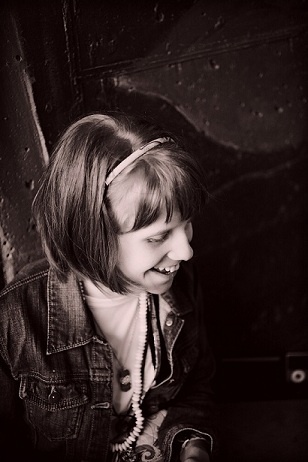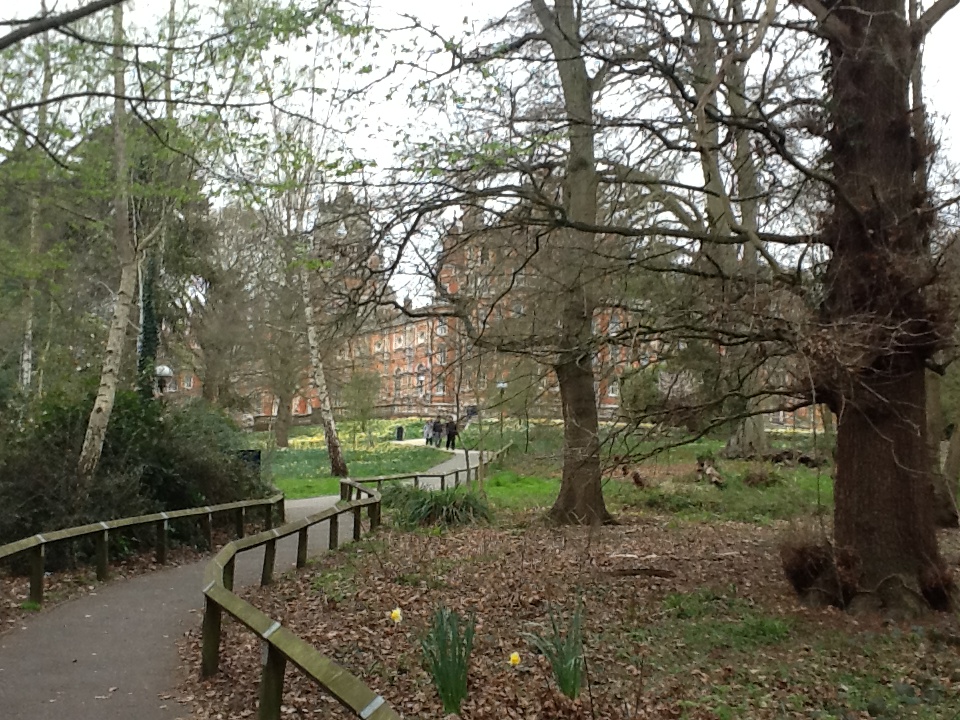The following is 10th in a 12-post series.
 Increasing awareness of Batten disease and advocating for the rare disease community are crucial to our mission to save children like Taylor, but let’s be honest – fundraising is really important, too. It costs money to do the kind of work that could one day (very soon!) lead to a life-saving treatment, and people who suffer from ultra-rare diseases depend on organizations like Taylor’s Tale to fund the foundational work that will get a biotechnology company like Genzyme or Biomarin interested in taking the treatment to market.
Increasing awareness of Batten disease and advocating for the rare disease community are crucial to our mission to save children like Taylor, but let’s be honest – fundraising is really important, too. It costs money to do the kind of work that could one day (very soon!) lead to a life-saving treatment, and people who suffer from ultra-rare diseases depend on organizations like Taylor’s Tale to fund the foundational work that will get a biotechnology company like Genzyme or Biomarin interested in taking the treatment to market.
That’s why we can tell inspiring stories for the rest of our days, but without the generosity of the individuals who’ve given close to $400,000 to Taylor’s Tale since 2007 (including about $12,000 just in the past few weeks in response to a holiday letter from my mom, our current president), we never would have been able to fund the development of the enzyme that kids like Taylor lack at the University of Texas Southwestern as well as other important work. We would not be on the verge of beginning an exciting new project.
To make a tax-deductible gift to Taylor’s Tale in support of our fight against Batten disease, visit our website. For your convenience, you can make a secure payment online via PayPal; if you prefer, you can also send a check by mail. A link to a printable donation form is provided. Give Now
If you’ve already made a gift – whether recently or at any time since our founding nearly six years ago – thank you.
You give me reason to believe.

